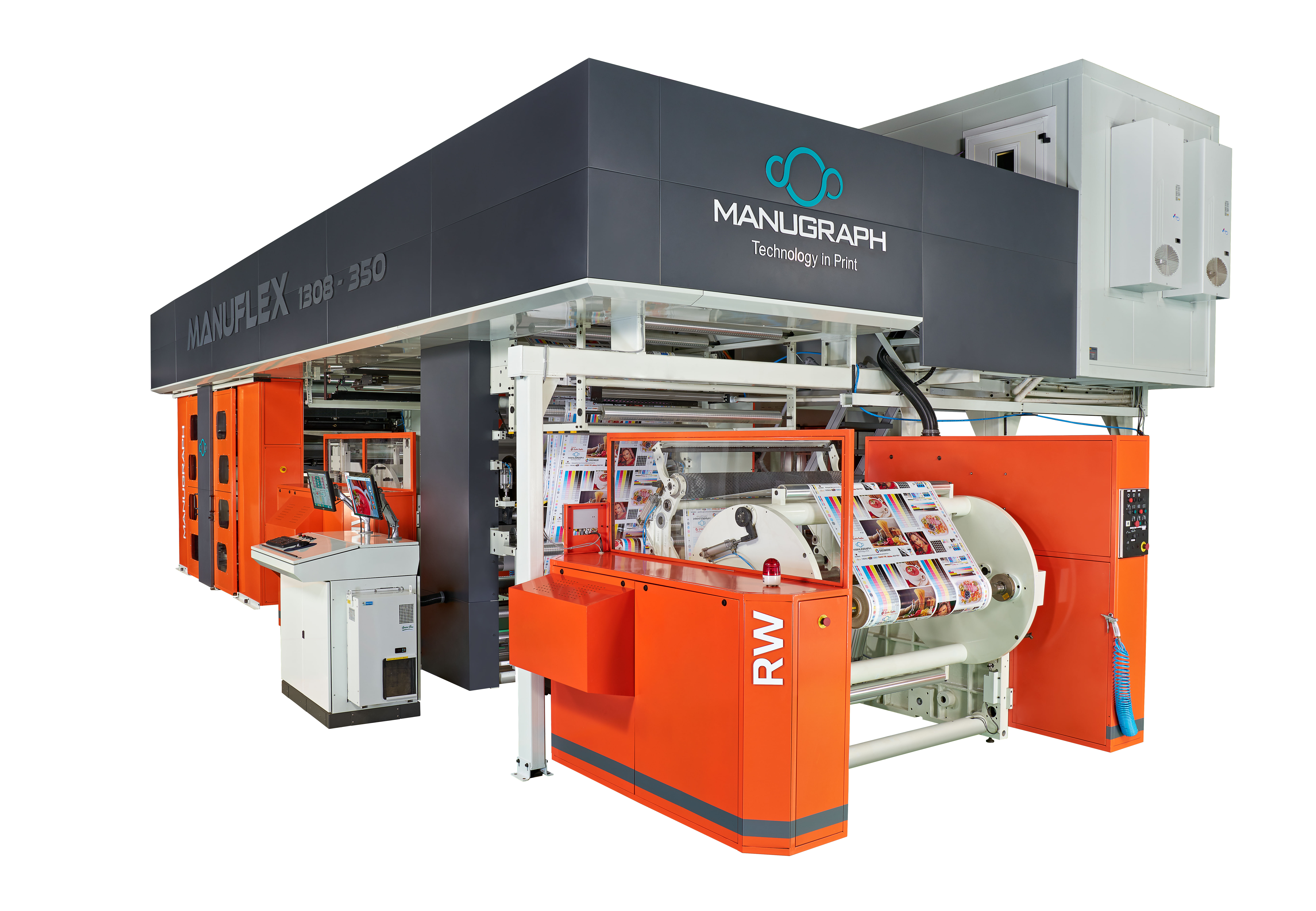A strong sustainability narrative supports the flexo drive, says Manugraph
Shailesh Dharmadhikari of Manugraph says, India installed 10-12 CI flexo machines every year in the pre-Covid era. 2019 to 2021 were sluggish. "Now I see momentum and installations in India," he says
10 Jul 2023 | 2492 Views | By Abhay Avadhani
Abhay Avadhani (AA): Let’s start with gravure cylinders. Vis a vis effectiveness, inventory and cost of gravure cylinders, it is high as compared to flexo. What is your take on this?
Shailesh Dharmadhikari (SD): Cost of cylinders is higher than the flexo plates. Competition among the pre-press houses is allowing us to recognise the difference between the cost of cylinders and flexo plates.
AA: Also the space taken by 10-15 jobs of gravure equal to space taken by 100 jobs of flexo.
SD: Definitely yes, utilisation of the space in case of flexo is more effective. Space required for the storage of gravure cylinders is much bigger than that for storing flexo plates. An important point in this is handling the damage of heavy cylinders.
AA: What about TAT?
SD: The turnaround time for manufacturing a cylinder is higher than the flexo plates.
AA: There are trade shops in every major city who have flexo expertise. To what extent has the trade shop benefitted the CI flexo movement in India?
SD: Presently, every major city has the top of the flexo trade shops. In recent years, we have seen a lot of expansion in trade shops and many new players have entered this field. The kind of technology being introduced has helped the printer on the press. More importantly, it has made flexo jobs easier in terms of quality. This trend is being watched by industry experts. They appreciate the flexo results which are comparable to rotogravure. This is one reason why gravure converters are opting for flexo.
AA: How much process control is required to get the expected performance out of the plate even though it's integrated with CI flexo?
SD: Flexo is process-oriented. Proper systems and SOPs should be followed so that there are no chances of failure. In other words, converters need to be disciplined to get the best out of flexo.
AA: How can flexo become more popular with the implementation of EPR and single-use plastics ban?
SD: Use of non-toxic solvents, allowing flexible films for printing, and introduction of specialised coatings which will eliminate laminates can be the answer.
AA: Is it going to become a government-favourite over gravure?
SD: It may take some time for the government to actually see the difference and then make flexo as the preferred choice. Recently, a shift has been happening to flexo.
AA: What are the potential areas of automation in the pre-media segment? How can these be linked with flexo for better efficiency?
SD: Automation is the key to success for the flexo machine manufacturers. Today, the customer needs ease of operations and less dependency on the operator. Automation in pressure setting, auto registration, and auto cleaning are the areas which customers look out for while buying the press. Easy and faster changeover on the machine is the key for better efficiency.
AA: How is flexo competing with gravure on things like speed to market, sustainability?
SD: Flexo has grown with huge potential and is showing its remarkable presence in the market. Compared to European countries, the speed may be a bit low but the figures are satisfying.

The press is a Make in India product targeting the rotogravure converters who are planning to shift to flexo
AA: What are the CI numbers today?
SD: Before the pandemic, India had installed around 10 to 12 CI flexo machines every year. 2019 to 2021 was slower but now I can see the momentum and a lot of installations happening. Be it the use of non-toxic solvents and mono-layer films, flexo is in the race to support the sustainability drive.
AA: Converters believe that, the finer the line screen, the better the image. In order to achieve high LPI, the press speed can be reduced, and does that not lead to a drop in efficiency?
SD: Yes, finer the line screen better the image quality. From pre-press to print, even the smallest of details should be given importance; to ensure that the whole process is error-free, and the print will be as expected. Good pre-press, tapes, proper anilox, good inks and stable CI flexo press will result in finer jobs without reducing the speed. Reducing speed leads fear to create wastage. Secondly, the CI flexo kit should be dust-proof and temperature-controlled.
The Manuflex CI Flexo 1308 - at a glance
The Manuflex CI Flexo 1308 is a gearless machine with 1,300-mm as the printing width. The maximum speed of the machine is 350 m/min. The press is used for printing of thinner and stretchable films, polyester, BOPP and paper which are required for flexible packaging.
The press is a Make in India product and an import substitute which provides local services around the clock. Manuflex is targeting the flexible packaging sector, mostly rotogravure converters who are planning to shift to flexo.
Since it is a Make in India product, it will be beneficial for the customers in the MSME sectors.
The unit has established an applied quality system for design, development, production, installation, and servicing of printing and allied machinery according to the requirements of ISO 9001:2015. The latest customer of Manuflex is Rahil Foam, a Rajkot-based PE breathable film manufacturer.